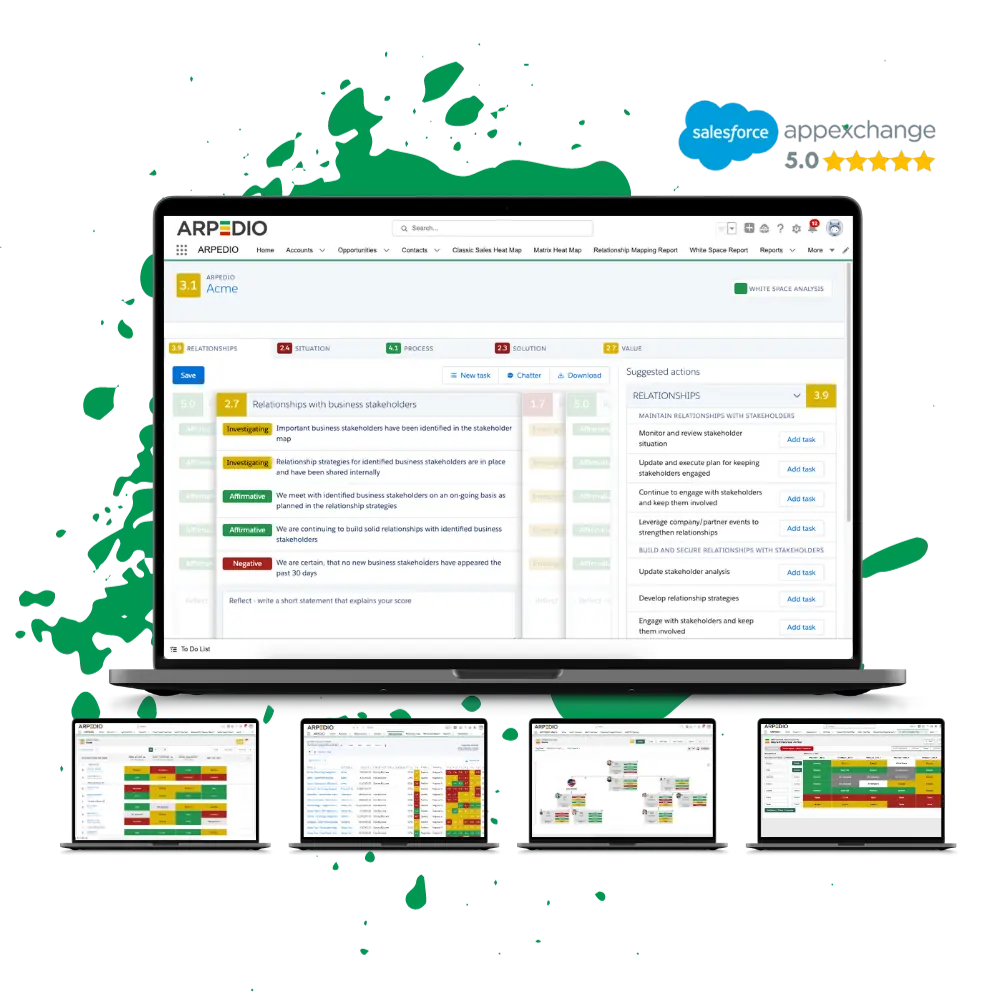What is Customer Segmentation?
Customer segmentation is the process of dividing a customer base into distinct groups based on specific criteria such as demographics, behaviors, needs, or preferences. This segmentation allows businesses to better understand their customers, tailor their products or services accordingly, and develop targeted strategies to enhance customer satisfaction and loyalty.
Why is Customer Segmentation Important in Account Management?
Effective account management hinges on building strong, long-lasting relationships with customers. Customer segmentation serves as the foundation for personalized account management strategies, enabling organizations to:
- Identify high-value accounts: By segmenting customers based on their value to the business, account managers can prioritize their efforts and resources on nurturing relationships with high-value accounts, thereby maximizing revenue opportunities.
- Understand customer needs: Segmentation helps in gaining insights into the unique needs, preferences, and pain points of different customer segments. Armed with this knowledge, account managers can tailor their communication, offerings, and solutions to address these specific requirements effectively.
- Enhance customer engagement: Personalized interactions resonate more with customers than generic communications. Segmented account management allows for targeted engagement strategies, ensuring that customers receive relevant and meaningful communications that strengthen their engagement with the brand.
- Drive customer retention: By proactively addressing the needs of different customer segments, account managers can increase customer satisfaction and loyalty, thereby reducing churn rates and fostering long-term relationships.
Examples
- E-commerce company: A given e-commerce company can use customer segmentation extensively to recommend products based on browsing history, purchase history, and customer preferences. This personalized approach will significantly enhance customer satisfaction and loyalty.
- Beauty retailer: A beauty retailer can segment its customers based on purchasing behavior and engagement with the brand. This allows the retailer to create highly personalized marketing campaigns and loyalty programs, driving customer retention and higher sales.
- CRM platform: A CRM platform can segment its customers into different groups such as small businesses, mid-market companies, and enterprise-level organizations. Each segment receives tailored account management strategies. For instance, small businesses might get more automated support and online resources, while enterprise clients receive dedicated account managers and customized solutions. This approach allows the company to address the specific needs of each segment effectively and maintain strong relationships across a diverse customer base.
Types of Customer Segmentation
There are various approaches to customer segmentation, each offering unique insights into different aspects of customer behavior and preferences. Some common types of segmentation include:
- Demographic Segmentation: Segmenting customers based on demographic factors such as age, gender, income, occupation, or education level.
- Behavioral Segmentation: Dividing customers based on their purchasing behavior, usage patterns, brand interactions, or loyalty status.
- Psychographic Segmentation: Segmenting customers based on their lifestyle, values, interests, or personality traits.
- Firmographic Segmentation: Applying segmentation criteria to businesses or organizations based on factors such as industry, company size, location, or revenue.
How To Implement Customer Segmentation in Account Management
To leverage the benefits of customer segmentation effectively in account management, organizations can follow these steps:
- Data Collection and Analysis: Gather relevant data about your customers across various touchpoints, including sales, marketing, customer service, and online interactions. Utilize tools like CRM systems (e.g., Salesforce), data analytics platforms, and segmentation software to analyze this data and identify patterns, trends, and opportunities for segmentation.
- Define Segmentation Criteria: Based on your business objectives and the insights gained from data analysis, define the criteria for segmenting your customer base. Consider factors such as profitability, purchasing behavior, industry vertical, or geographic location. For example, a B2B company might segment customers by industry and company size, while a B2C company might focus on demographic and behavioral factors.
- Segmentation Strategy Development: Develop tailored account management strategies for each customer segment, focusing on addressing their specific needs, preferences, and pain points. Customize your communication, offerings, and service delivery to resonate with each segment. For instance, high-value accounts might receive dedicated account managers and exclusive offers, while other segments might benefit from automated, yet personalized, email campaigns.
- Continuous Monitoring and Optimization: Customer segmentation is not a one-time activity but an ongoing process. Continuously monitor the performance of your segmentation strategy using tools like customer feedback platforms, and adjust your approach based on the data. Regularly gather feedback from customers and refine your segmentation to ensure it remains relevant and effective.
Challenges and Solutions
- Challenge: Data quality and integration
- Solution: Ensure you have robust data collection processes in place and use data integration tools like ARPEDIO to consolidate data from various sources into a single, coherent system.
- Challenge: Changing customer behaviors
- Solution: Implement a dynamic segmentation strategy that allows for real-time updates based on customer behavior changes. Machine learning tools can help automate this process.
Three Future Trends in Customer Segmentation
- AI and Machine Learning: Advances in AI and machine learning are enabling more sophisticated and dynamic segmentation strategies that can adapt in real-time to changing customer behaviors and market conditions.
- Predictive Analytics: Predictive analytics can help anticipate customer needs and behaviors, allowing for proactive account management strategies that preempt customer issues and identify new opportunities for engagement.
- Hyper-Personalization: The future of customer segmentation lies in hyper-personalization, where each customer interaction is uniquely tailored based on detailed and continuously updated customer profiles.
The Preferred
Account-Based Selling Platform
Our platform provides visual org charts, stakeholder relationship heat maps, up-to-date account plans, recommended next-best actions, accurate weighted pipelines, and white space analysis.
-
100% Native to Salesforce
-
Methodology Agnostic
-
Advanced enough to create a real impact
-
Simple enough to secure adoption
Conclusion
Mastering customer segmentation is a game-changer and a powerful tool in the world of account management. It empowers you to boost profitability, elevate customer satisfaction, and cultivate lasting relationships. By gaining a deep understanding of your customers’ varied needs and customizing your strategies to meet those needs, you can significantly improve your account management practices and outpace your competitors. Embrace customer segmentation as a strategic art form and unleash the full potential of your account management initiatives.













